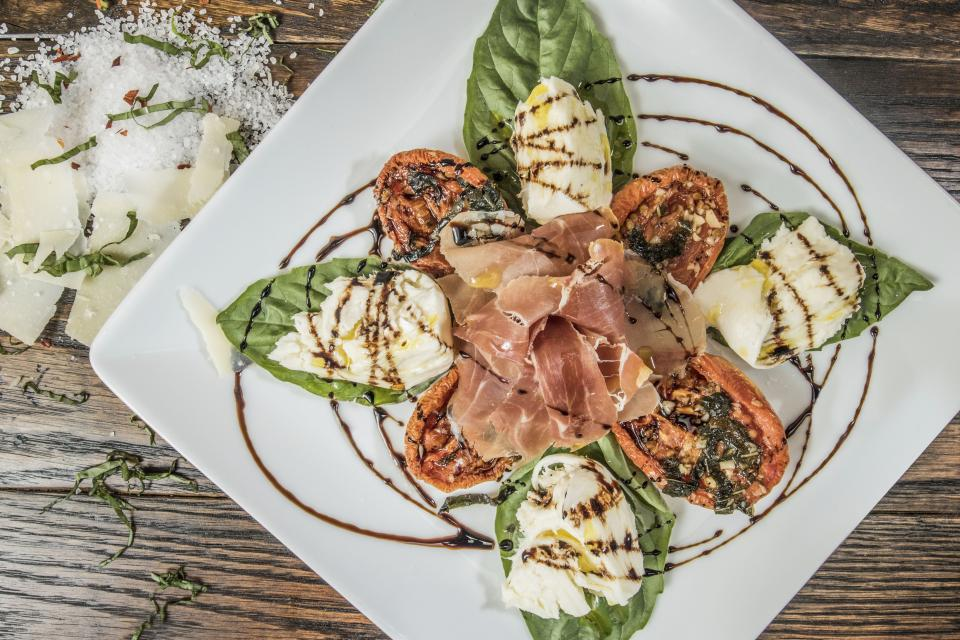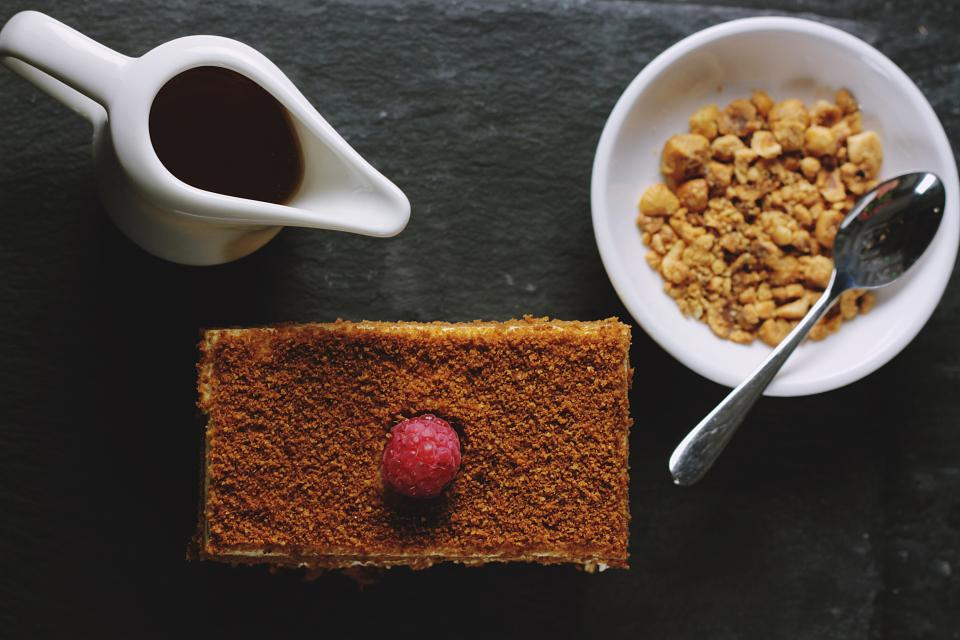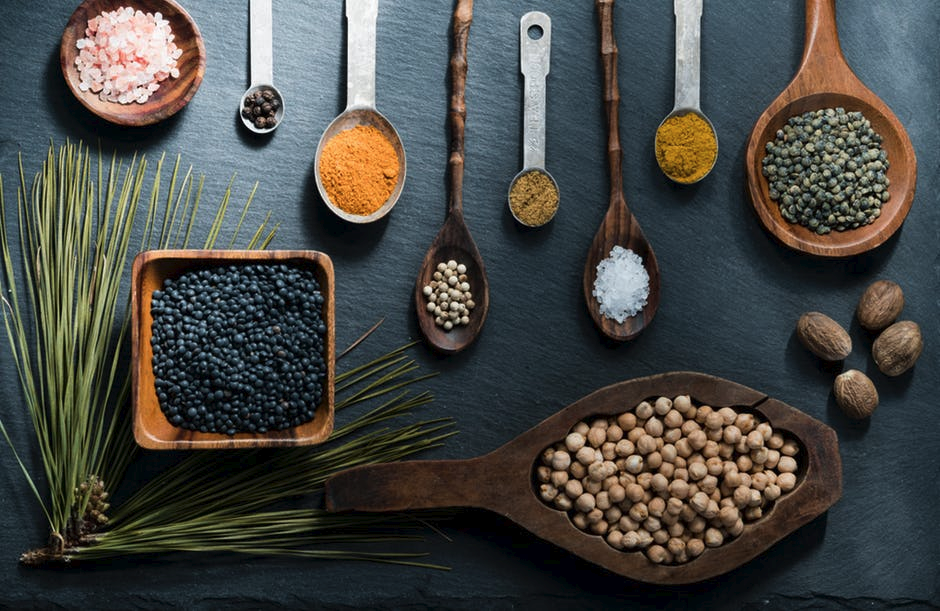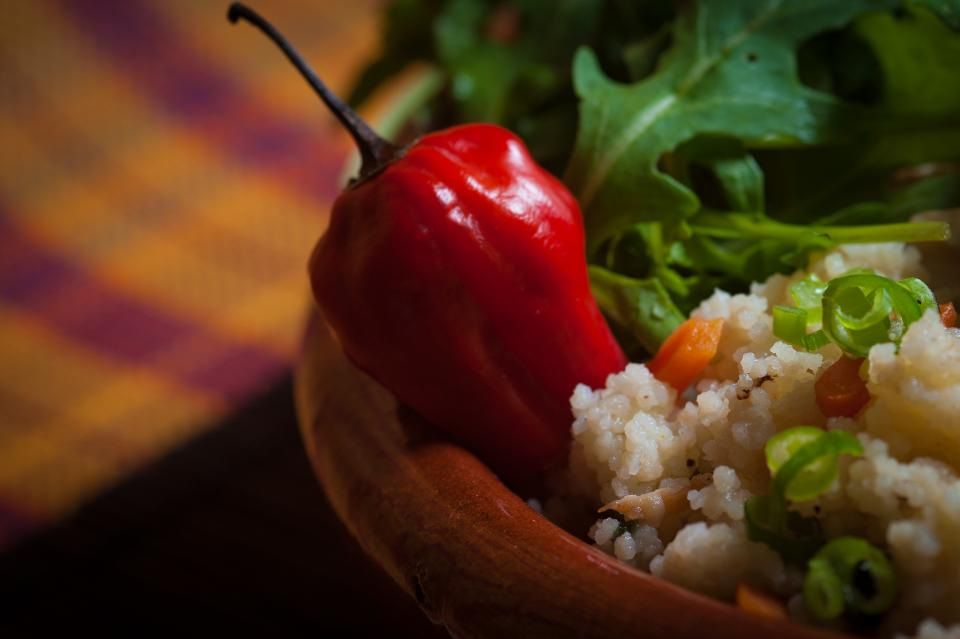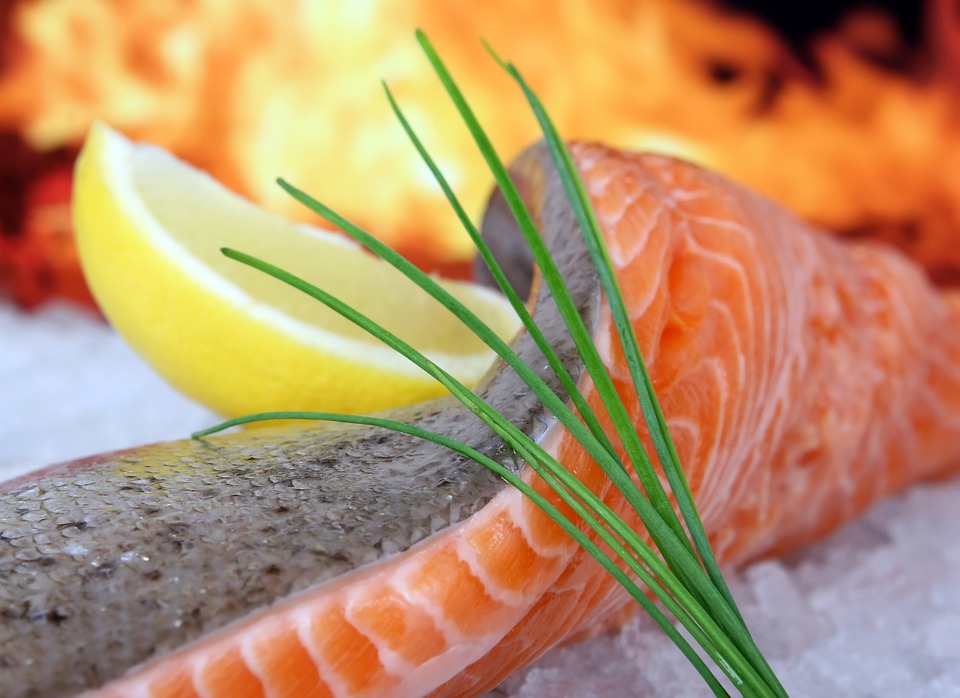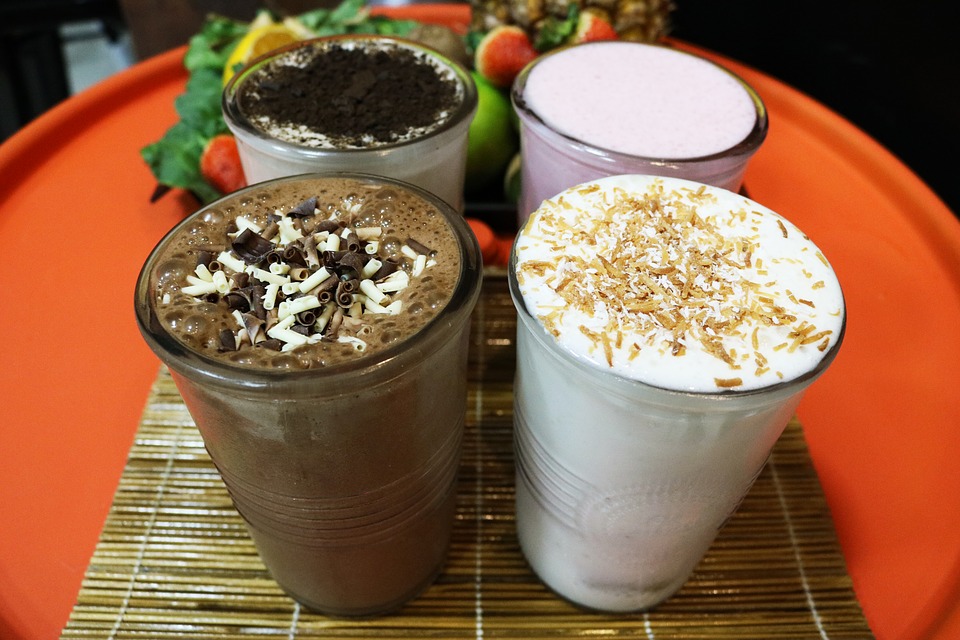Our body necessarily needs protein. However, older adults need fewer amounts of protein without totally eliminating it from their diet. Without protein, our bodies will not function well. Besides meat, there are plant-based food alternatives. Protein is essential for our health and useful for people who do workouts and even those who are in recovery.
This kind of diet is helpful for vegans, health enthusiasts, and seniors alike who are avoiding meats in their diets. Here is a list of some food that could be your alternative for meat. Say hello to healthy living.
Seitan
https://stocksnap.io
Seitan or commonly known as wheat gluten, which is composed of 75% protein. With a 100g serving, your daily protein requirement is completed already.
This healthy food is very low in fat and packed with nutrients like being low in sodium and carbohydrates. It can be a good source of calcium and also high in iron.
Seitan is indeed a wonder for diet programs to increase the protein intake without cholesterol and added fat. The only downside of this food is it is not gluten-free as it made from gluten.
Seitan can be cooked like meat – grilled, braised and broiled. You can substitute seitan for chicken or turkey.
Lentils
https://www.pexels.com
The next one on our list is lentils. It contains tons of fibers that give you 26 grams of protein each day. It also contains iron, potassium, and magnesium.
Lentils also are high in folate, contains antioxidants, low in sodium and fat and are cholesterol-free. Eating lentils on a regular basis could add up some proteins and can be beneficial to your diet.
There are two varieties of lentils which are green and red. They are part of the legume family and are versatile that can be used in different meals. You can add lentils in your stews, veggie burgers or even a substitute for chicken breast. Just don’t overuse the serving of lentils as they can cause severe gout in seniors who have trouble in processing protein.
Quinoa
https://stocksnap.io
Quinoa, a tiny seed that is full of protein, provides nine essential amino acids that our body can’t produce itself, including lysine that is necessary for tissue repair and growth. It contains fiber, irons, magnesium, and manganese. With just a cup of quinoa, your body is served with 8g of protein.
Cook it like how rice is cooked. It can also be a great substitute for pasta and rice.
Eggs
https://stocksnap.io
Eggs are an excellent substitute for meat if you are not vegan. A large egg contains at least 6g of protein. Eggs are one of the staple food in every house’s pantry, which make it the perfect substitute. It contains tons of vitamins and minerals plus amino acids that your body needs.
Boiled, fried or scrambled, eggs are versatile. It’s up to you how you’ll eat at least two eggs a day.
Tofu
https://www.pexels.com
Tofu is a popular choice for meat alternative and as used in numerous vegetarian cuisine. Though tofu can’t compare with seitan or quinoa regarding filling in for the protein loss, relatively, tofu can be a good substitute as it is healthy and beneficial as well.
It can be substituted for fish, chicken or pork, can be grilled, fried, steamed, sauteed, etc.
Takeaway
Eating healthy food can be difficult and giving staple food can make it harder. Knowing and learning alternative food that you can eat without compromising the nutrients that our body needs make it better. The list is a guide to the food that could be a great option to substitute with meat, and that would give the same amount of nutrients or even more.
Read More :
- Meals That Matter: The Best Foods And The Ways They Make You Fit
- Top 5 Foods For Healthier And Thicker Hair
- The Mouthwatering Foodie Tour To Mumbai
Christina Ellis is a writer and a blogger who loves writing about topics that revolve around health and medicine. She is an aspiring nurse which is why Christina loves assisting elderly patients and writing about properly taking care of them. When not writing or volunteering at their local clinic, Christina plays volleyball and goes to the gym.













